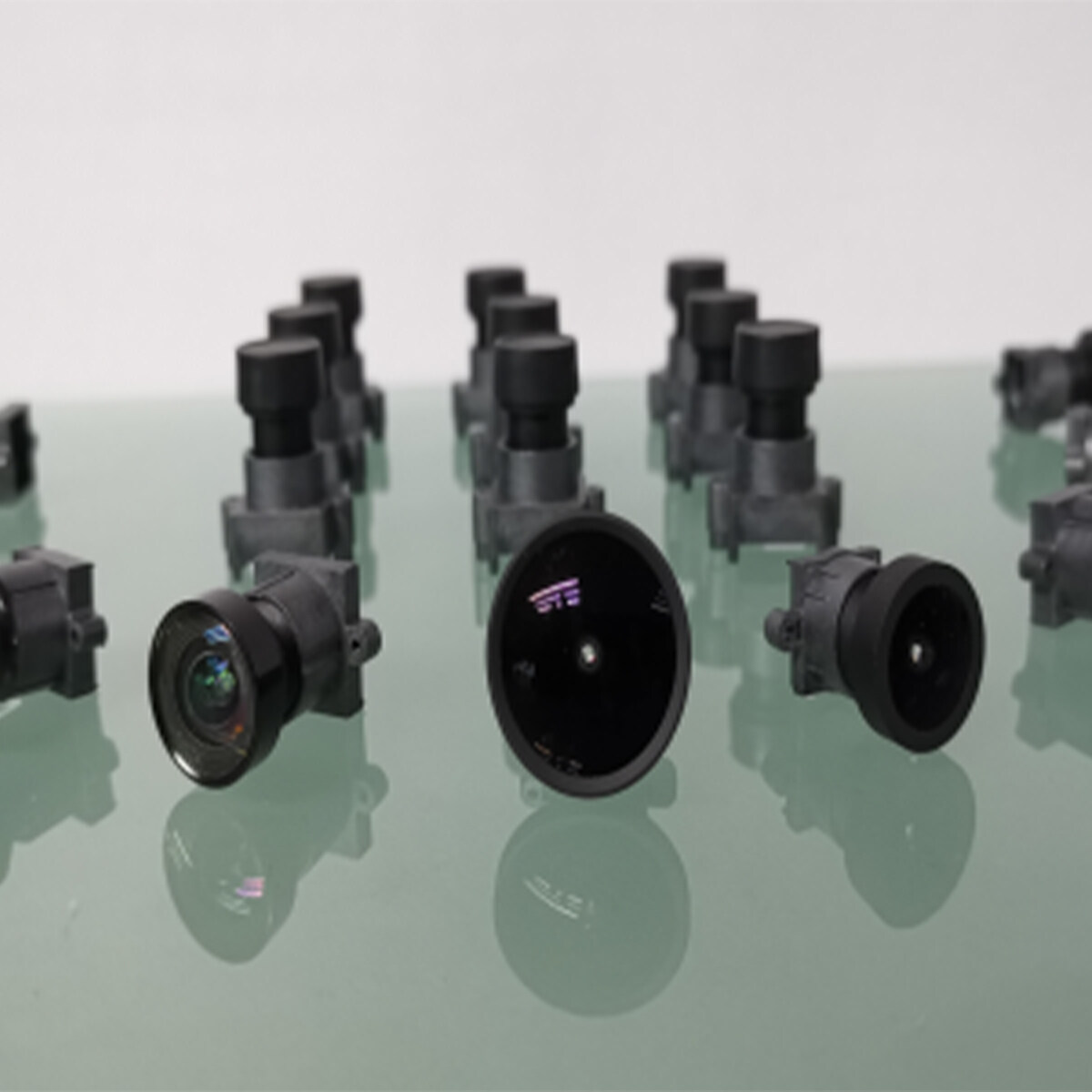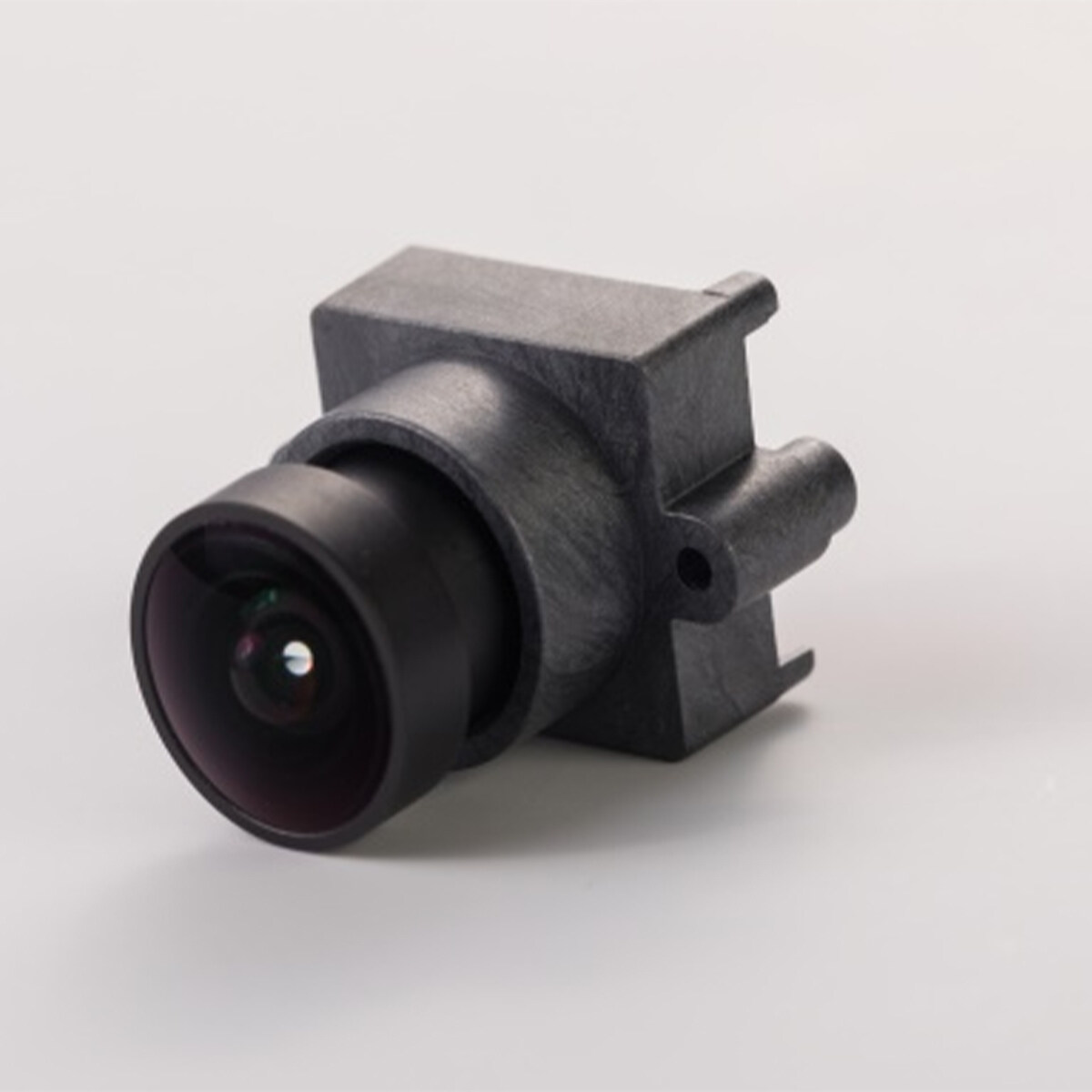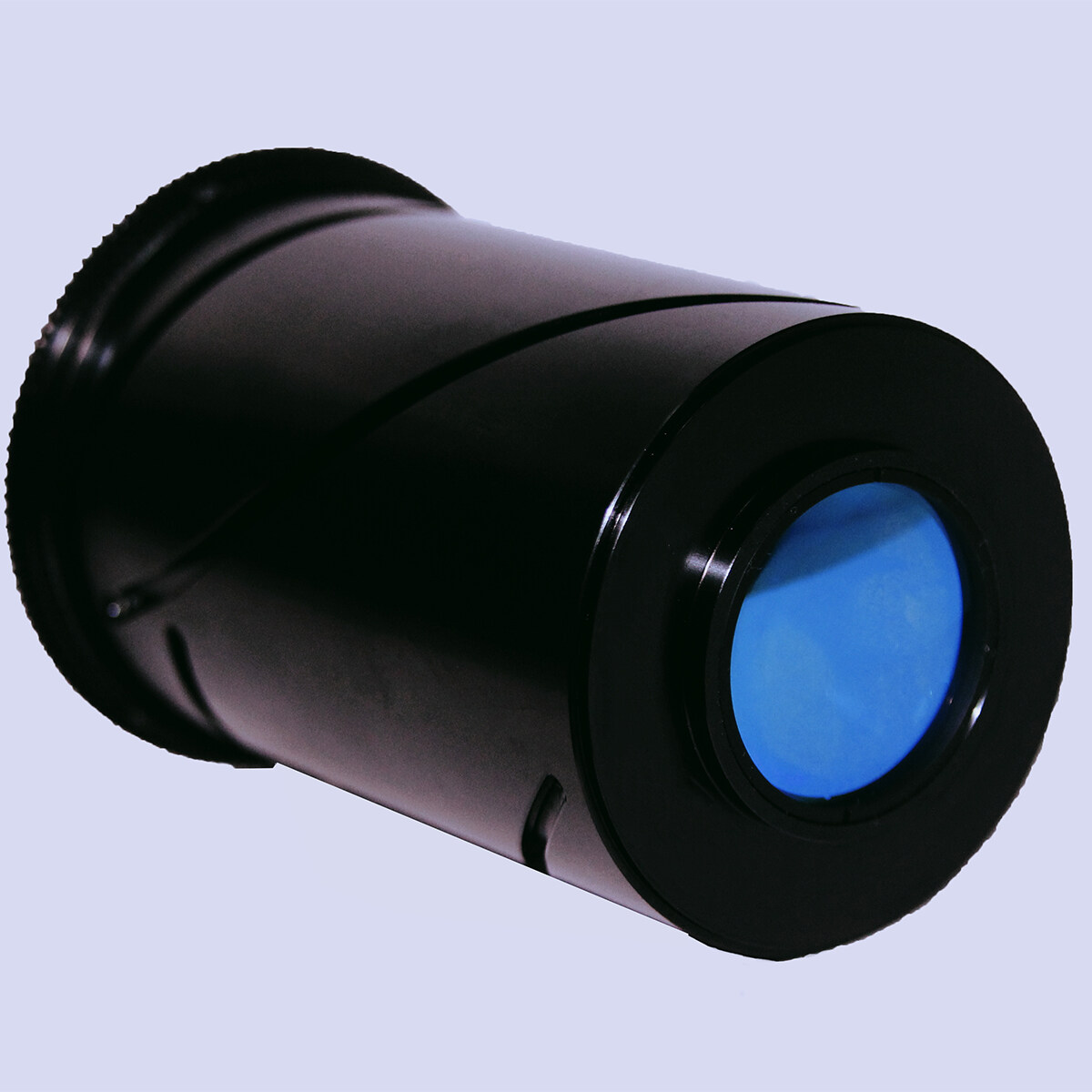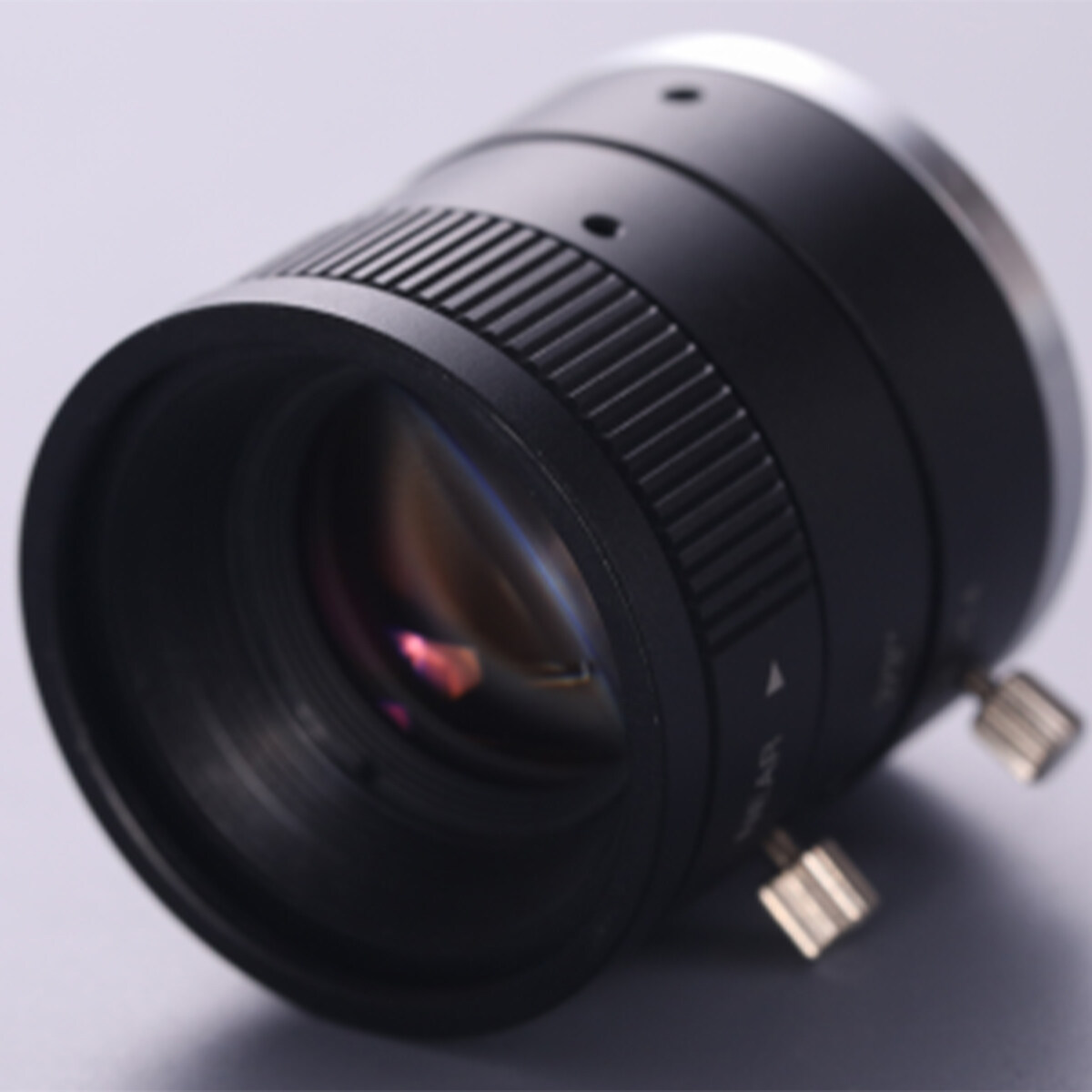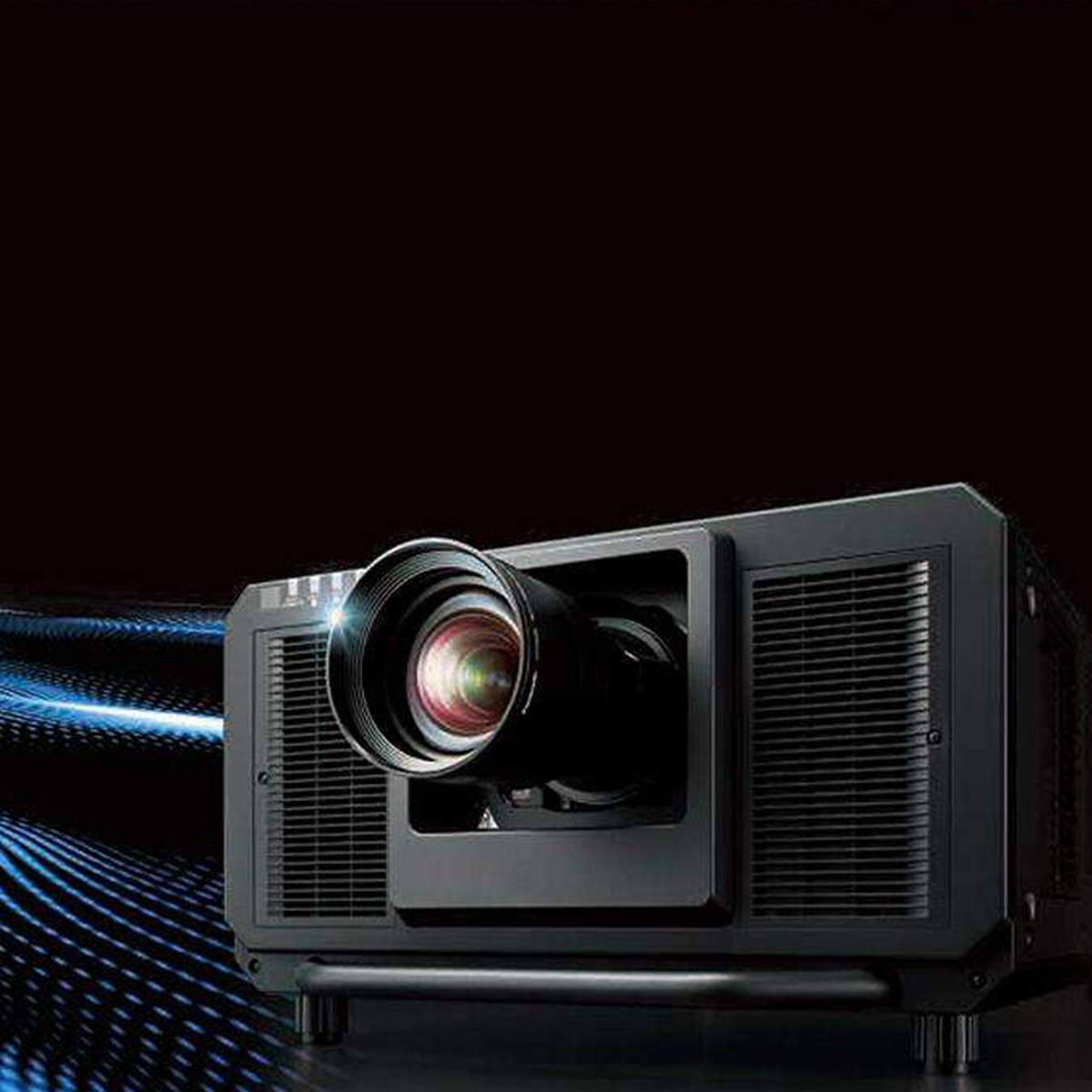Email format error
Email cannot be empty
Email already exists
6-20 characters(letters plus numbers only)
The password is inconsistent
Email format error
Email cannot be empty
Email does not exist
6-20 characters(letters plus numbers only)
The password is inconsistent

Car DV Lens
The main hardware structure of a vehicle-mounted camera includes an optical lens (including optical lens, filter, protective film, etc.), image sensor, image signal processor ISP, serializer, connector, and other devices. We are one of the Chinese automotive lens manufacturers. If customers need Car DV Lens, welcome to contact us.
The vehicle-mounted camera is known as the "eye of automatic driving", which is the core sensing device in the field of ADAS systems and auto driving. The image information acquisition function is mainly realized through the lens and image sensor, which can realize 360 ° visual perception and make up for the defect of the radar in object recognition. It is the sensor closest to human vision.
The main hardware structure of a vehicle-mounted camera includes an optical lens (including optical lens, filter, protective film, etc.), image sensor, image signal processor ISP, serializer, connector, and other devices.
As the core optical component of the camera, in addition to the basic requirements of tolerance to an extremely cold and hot environment, service life, waterproof and dustproof, the optical performance of the lens in different positions will be different.
Vehicle gauge lens in different application positions
Next, we will talk about the lens characteristics of different products from the front view (ADAS), back view, look around and inside view (gesture recognition, face recognition (eye monitoring), etc.) and intelligent electronic mirrors.
1. Forward-looking (including ADAS and automatic driving sensor)
The forward-looking lens is mainly used in lane departure warning, intelligent high beam control, front vehicle collision warning, Overspeed warning, ACC cruise, and other scenes.
Its optical requirements are:
Continuous and stable focusing characteristics and thermal compensation characteristics can maintain stability under different temperature conditions;
High pass light characteristics ensure a good imaging effect under low lighting conditions;
Clear imaging effect, which can effectively capture and distinguish object details;
Stray light and ghost control should be able to improve the interference of front strong light such as headlights.
2. Back view / look around
Rear view sensors are used in parking assist, automatic parking, and other scenes. The look-around lens expands the field of vision based on the rear-view lens, which can present a complete body environment and do some simple recognition.
The rear-view sensor and the look-around sensor have similar requirements for lens characteristics, which can be roughly divided into the following points:
High waterproof performance requirements;
Excellent temperature characteristics to ensure high definition effect;
Light distortion correction, provides a more realistic scene.
3. Internal vision
The inner vision sensor can be applied to gesture recognition, human-computer interaction, facial expression recognition (fatigue monitoring), and other scenes.
Therefore, the lens of the internal-looking sensor involves the problem of different bands. For different recognition, the band selection is different, and a certain amount of light needs to be filtered out.
4. Intelligent electronic mirror
Intelligent electronic mirrors are divided into intelligent electronic rearview mirrors (FDM) and intelligent exterior rearview mirrors (CMS). The field of vision of intelligent electronic rearview mirrors is three times that of traditional rearview mirrors. Nowadays, the policy of replacing vehicle exterior rear-view mirrors with cameras is being promoted all over the world.
The requirements of the intelligent electronic rearview mirror for the lens are:
It is necessary to improve the ghost and stray light caused by headlights;
The overall resolution of the picture should be uniform.



